Welcome to the Make and Design Podcast Episode 417: Illustration for Meetings with Ashton Rodenhiser.
On this podcast episode Carina chats with Ashton Rodenhiser, a professional sketch-noter who provides graphic notes in the form of drawings in meetings, strategic planning sessions or conferences. Basically any place where someone is conveying information to a group or having a conversation about something.
Carina learns about the fascinating process of taking notes using drawings in order to more clearly remember the ideas and information presented in meetings. Ashton can do this in all types of business environments and industries. She does research for each environment to make sure she has some background on the company before she meets with her client.
Carina and Ashton discuss Ashton’s process and how she knows what type of graphic to use while doing it on the fly. Ashton explains that she has a bank of images in her mind that she already knows how to draw and is able to quickly pull from those images. She explains that building your muscle memory in this way allows you to draw similar things to illustrate similar ideas. Sometimes she uses icons in one presentation and a lot of people in others. Combining her sketching skills with humor is one of the things that attracts clients, she says.
Sketchnotes combine text and simple images to communicate information quickly and memorably. Notetaking done this way is scientifically proven to help notetakers retain
information eight times better than just the traditional writing method. It allows the observer to view the conversation in illustrations while they are listening to the presentation of information. This enables the listener to engage in the moment as well as allowing them to have something tangible to refer back to after the meeting is over.
Ashton has built an entire career of attending meetings to help communicators clearly explain processes, ideas and information while helping listeners clearly understand the message. She also teaches others interested in using this method how to listen, synthesize ideas and translate them into drawing form. Listen in if you are interested in learning more about this fascinating subject.
Ever wanted to be a surface pattern designer? Learn more at www.designsuitecourses.com/designbootcamp
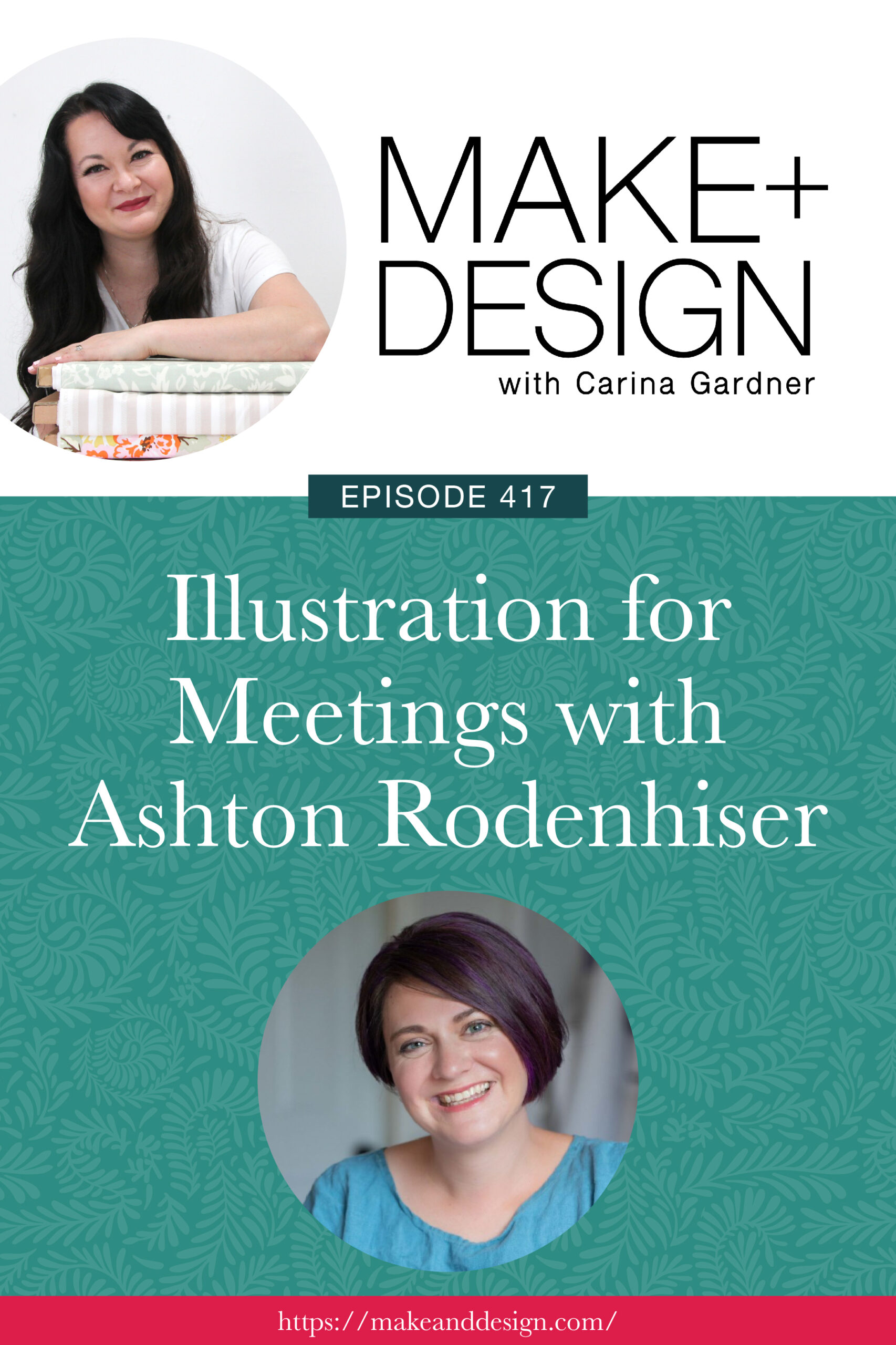

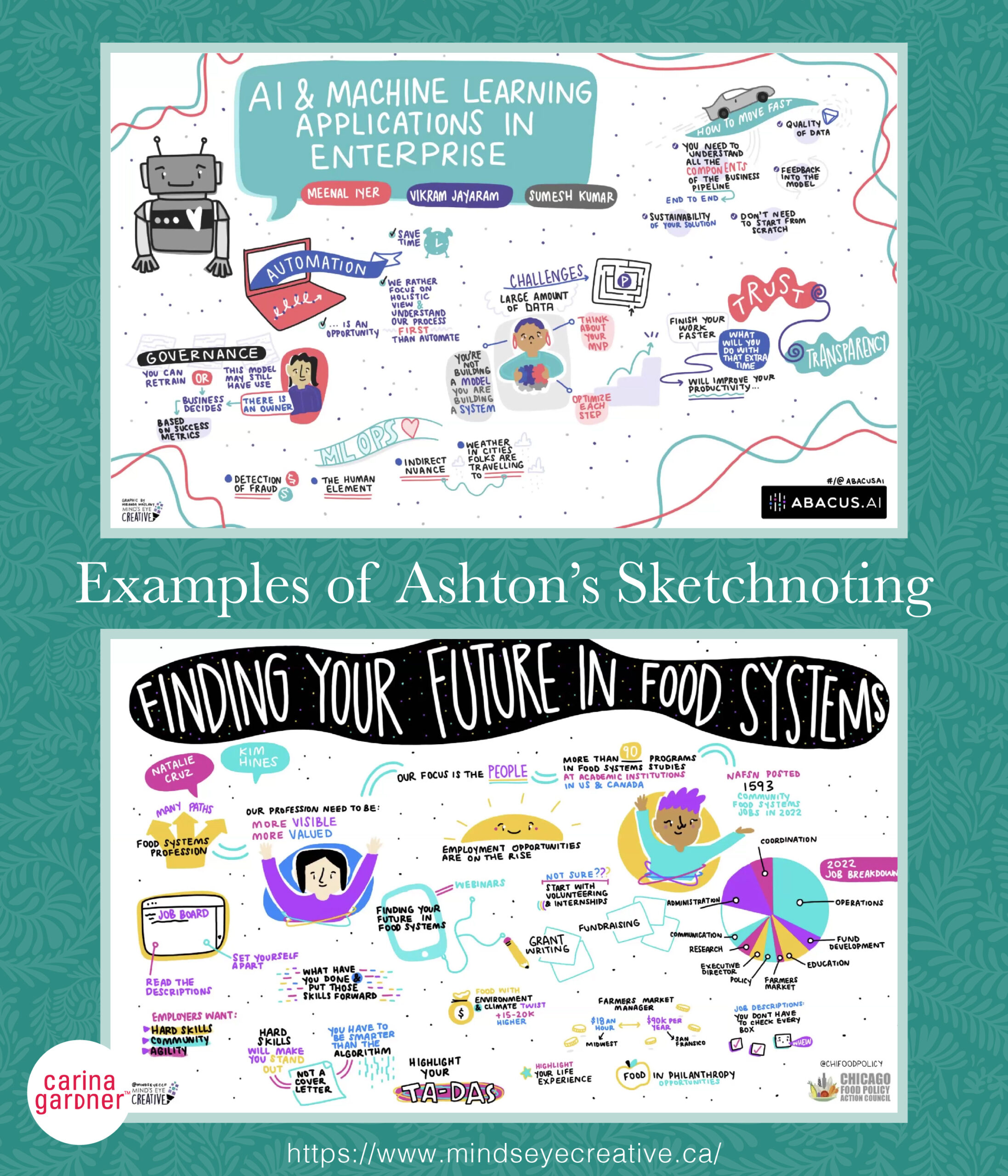
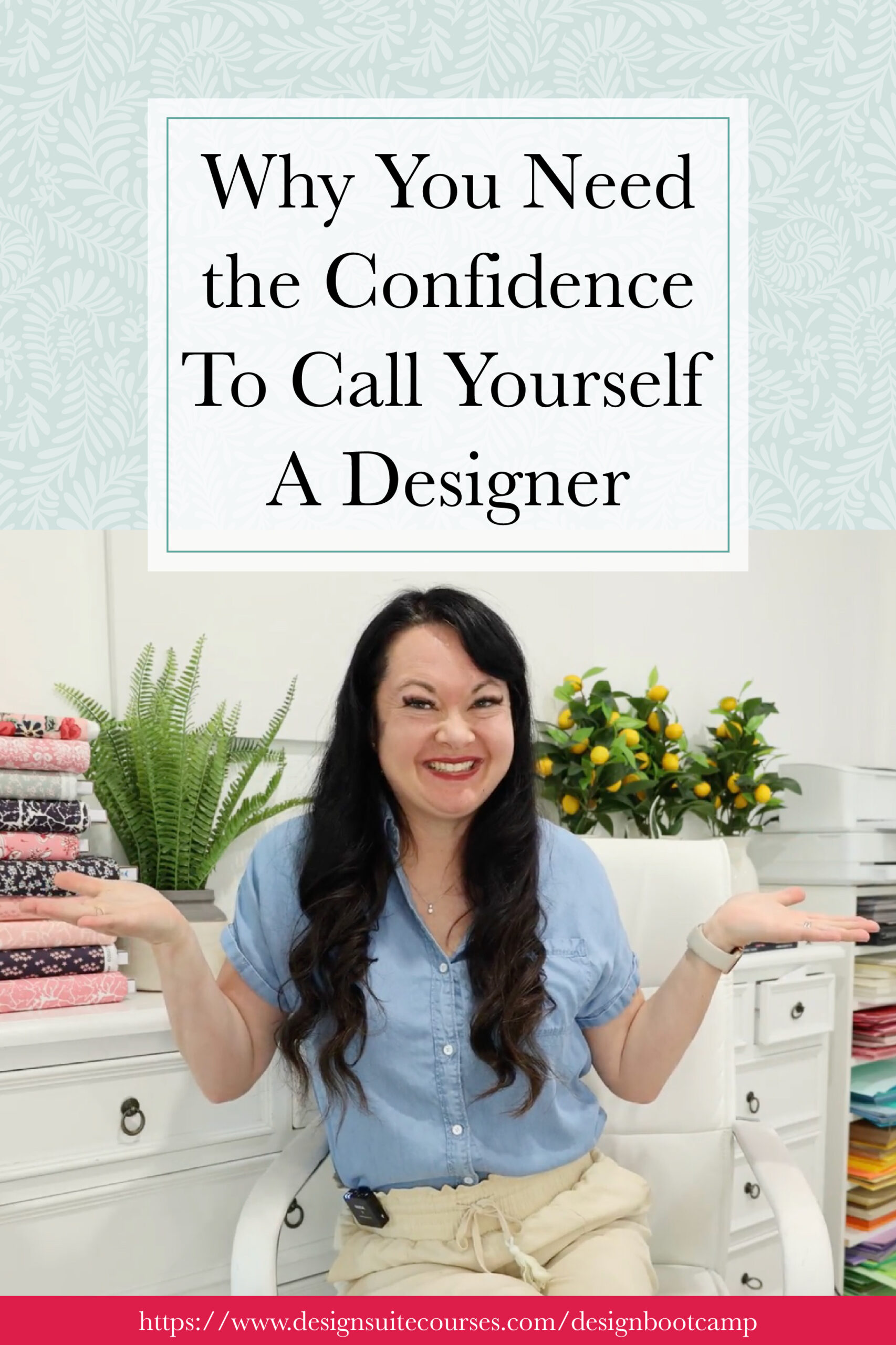
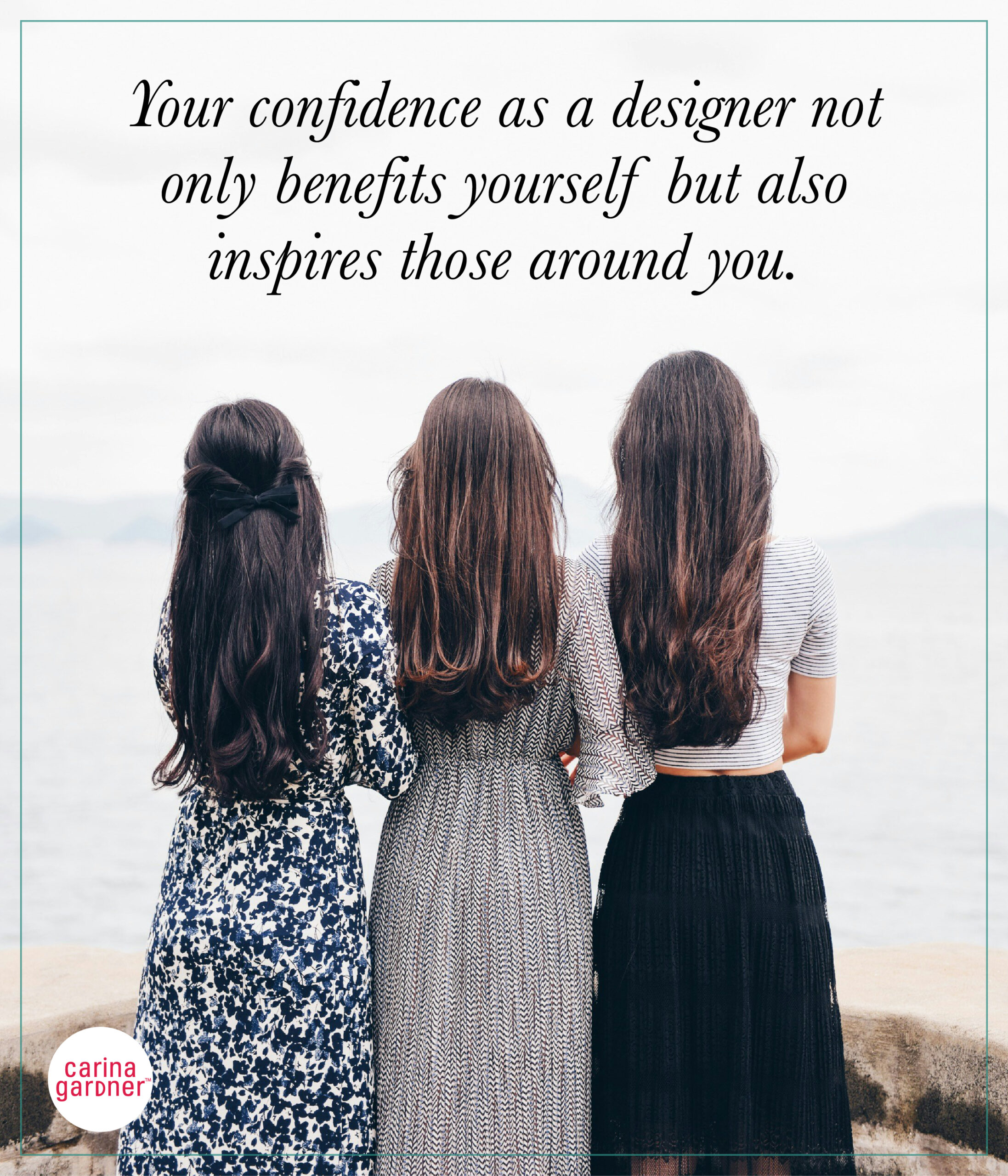
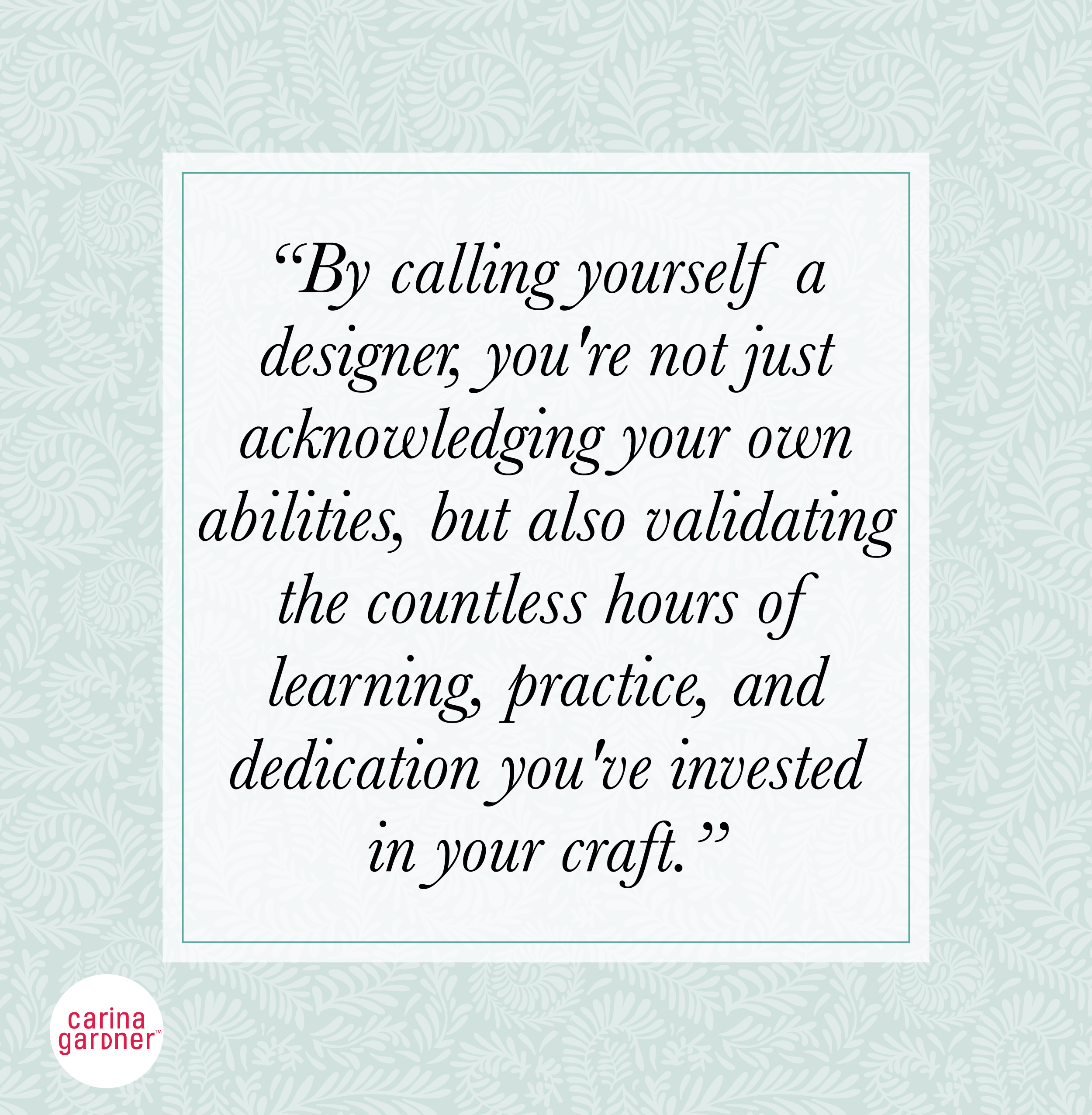

 Simone states, “I read this book by Julia Donaldson called the Artist’s Way, and she said that a lot of people who were creative go into careers that are
Simone states, “I read this book by Julia Donaldson called the Artist’s Way, and she said that a lot of people who were creative go into careers that are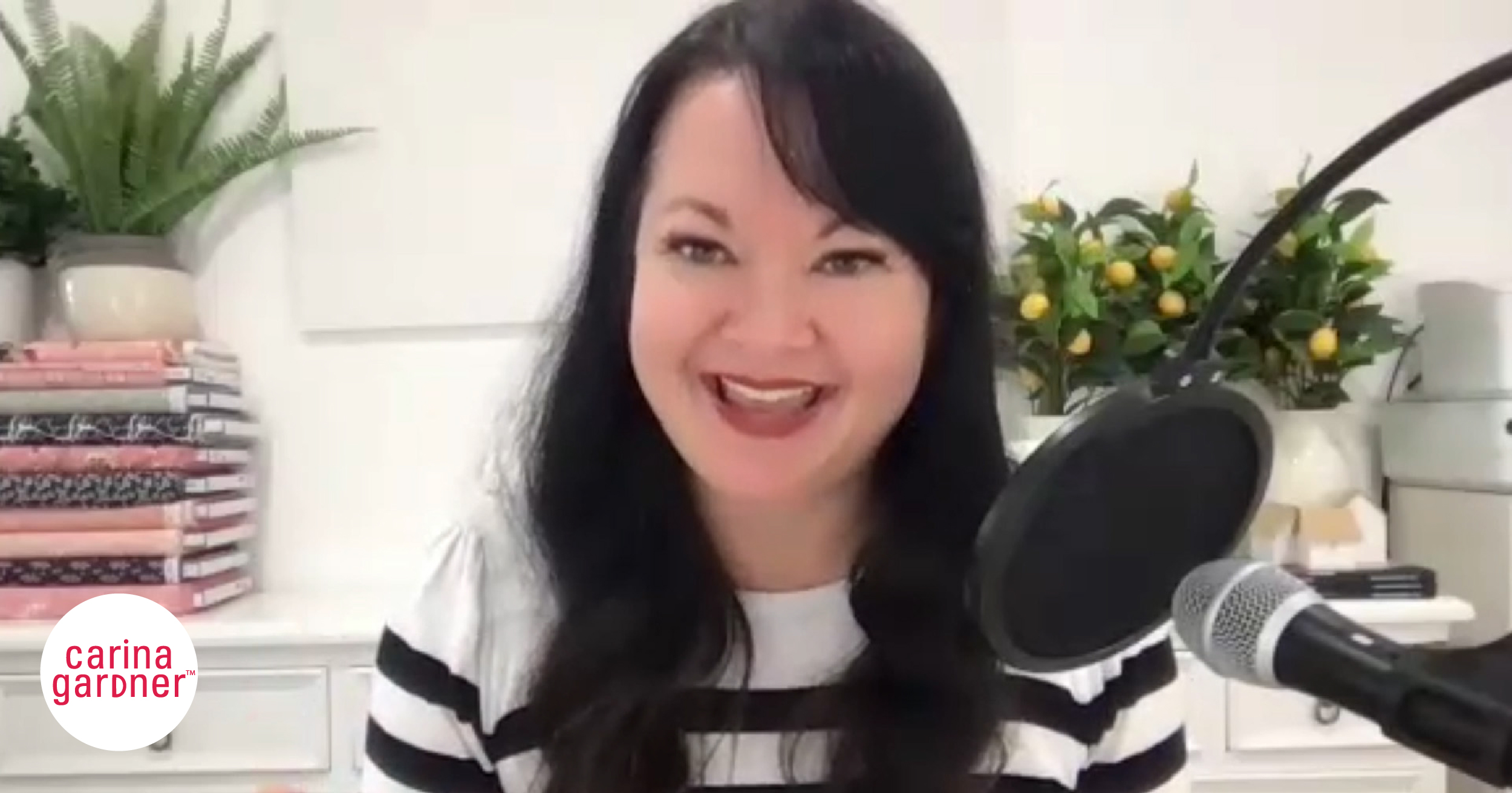

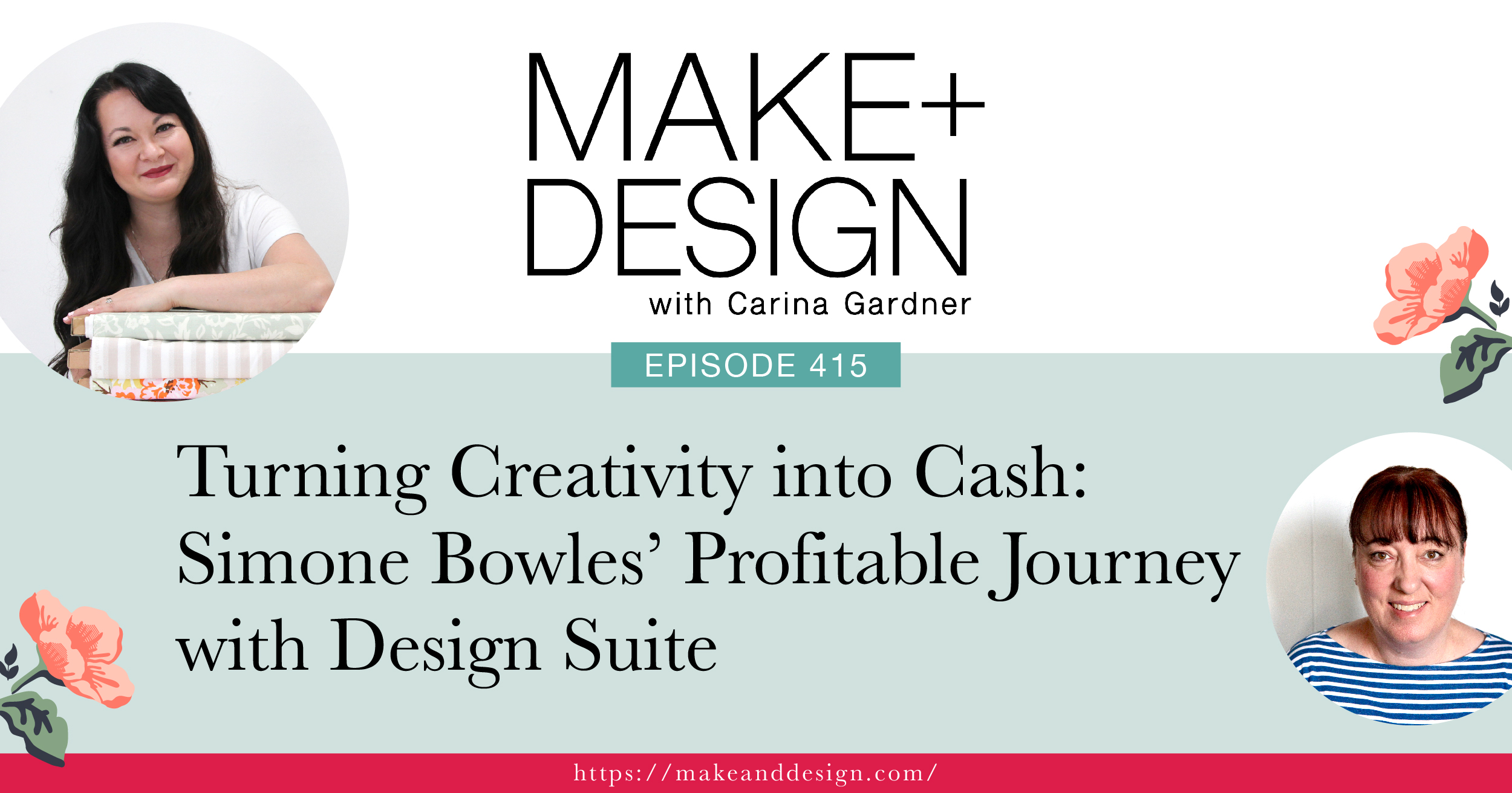 The opportunities are endless when becoming a member of Design Suite and embarking on the journey, allowing for personal and professional growth. The program serves as a catalyst for self-discovery, empowering individuals to leverage their strengths and carry out their niches in the creative landscape. Simone Bowles is an excellent example of this coming to reality.
The opportunities are endless when becoming a member of Design Suite and embarking on the journey, allowing for personal and professional growth. The program serves as a catalyst for self-discovery, empowering individuals to leverage their strengths and carry out their niches in the creative landscape. Simone Bowles is an excellent example of this coming to reality.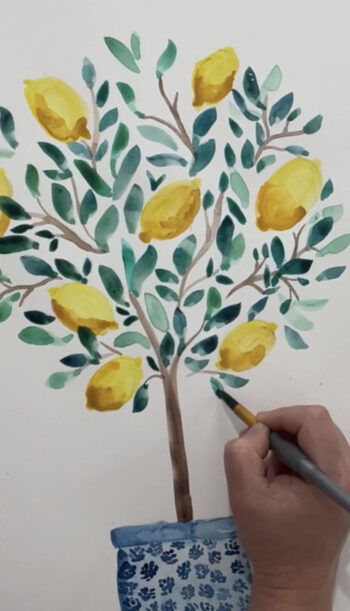 Many people dream of creating a surface pattern design business or businesses in the craft field like sublimation, Cricut or Silhouette files, Glowforge files, or printables. As my own design business has flourished over the last 14 years, I have turned part of my focus to helping other designers get started in this field.
Many people dream of creating a surface pattern design business or businesses in the craft field like sublimation, Cricut or Silhouette files, Glowforge files, or printables. As my own design business has flourished over the last 14 years, I have turned part of my focus to helping other designers get started in this field.
